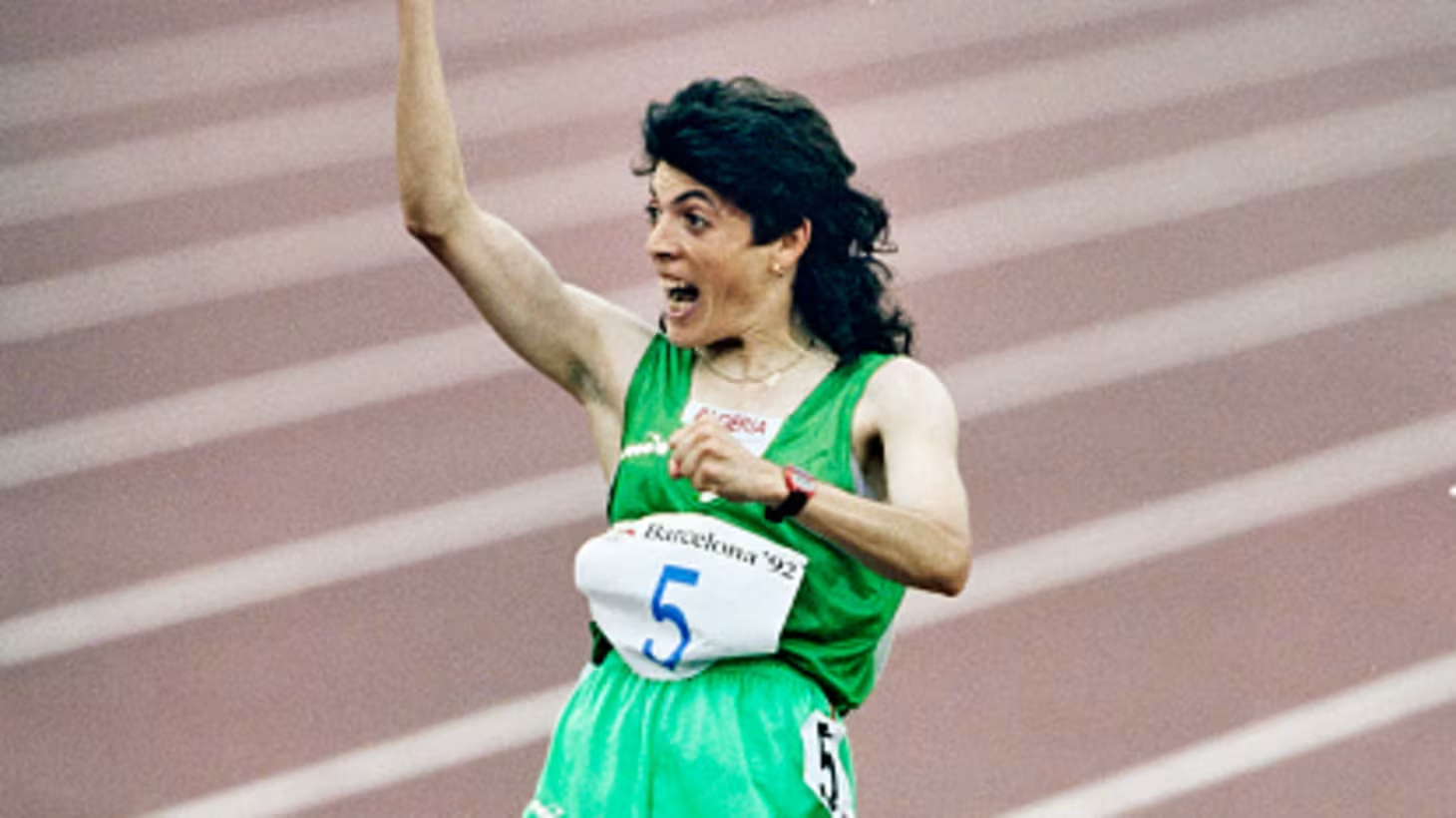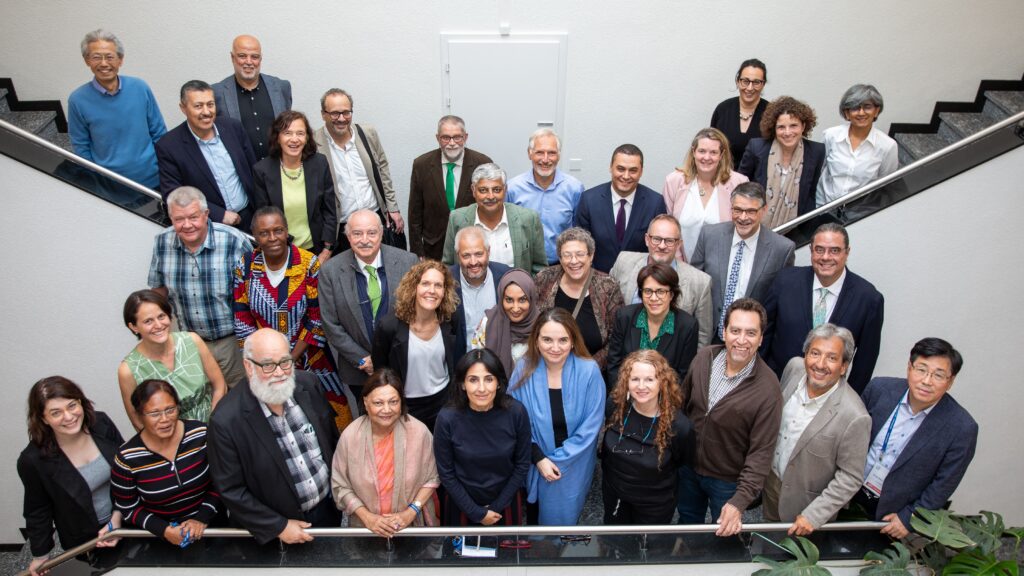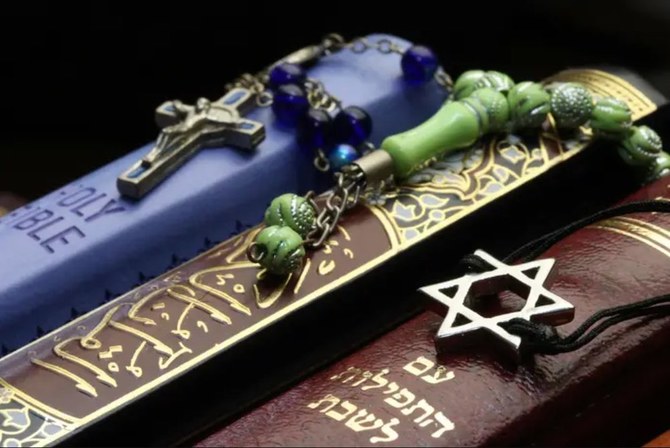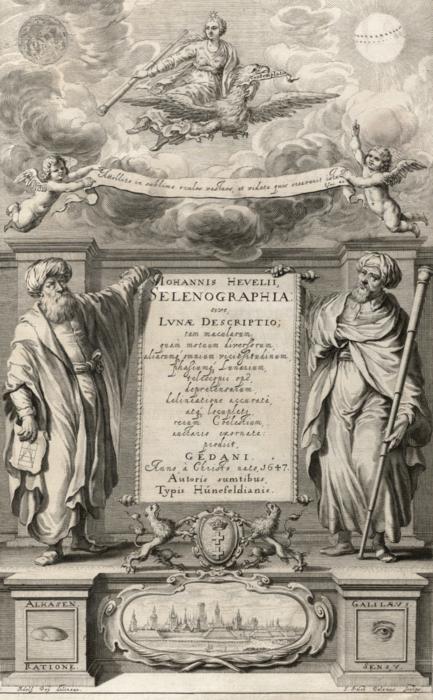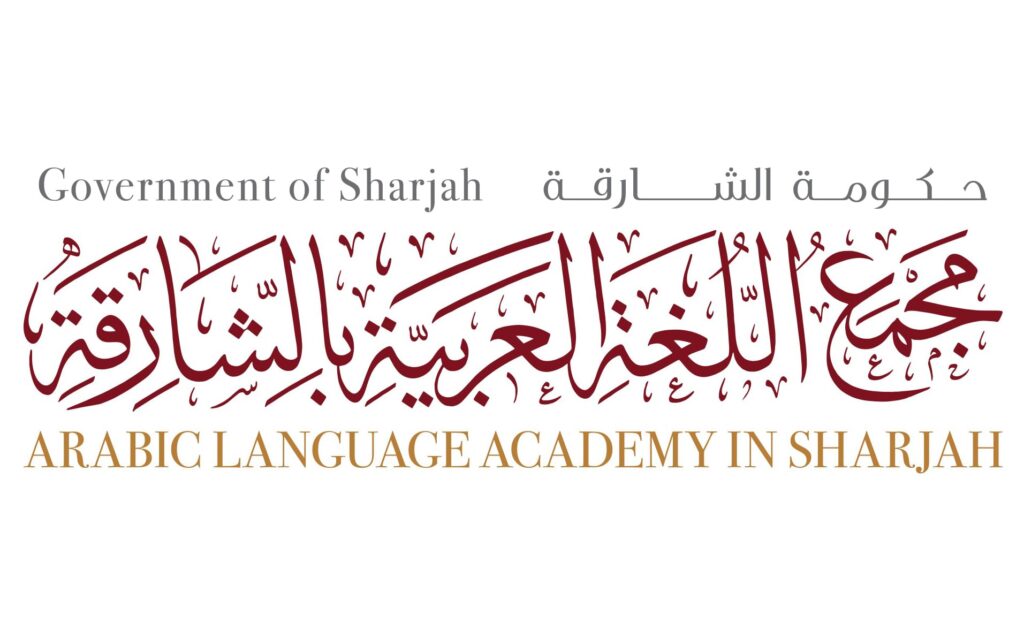Saudi Arabia’s Public Investment Fund (PIF) has struck a share purchase agreement to buy a 10% stake in TOPCO, the holding company of Heathrow Airport Holdings Ltd, from Ferrovial.
Saudi Arabia’s sovereign wealth fund is to buy ten percent of London’s Heathrow airport from Spanish infrastructure giant Ferrovial, whose departure from the hub after almost two decades leaves Qatar as its biggest shareholder.
Ferrovial late Tuesday said it was offloading its 25 percent stake for nearly £2.4 billion ($3.0 billion), with the other 15 percent going to French private equity group Ardian.
Heathrow, which is one of the world’s busiest airports, is owned by the consortium FGP Topco Limited, which going forward is set to be led by Qatar Investment Authority, with an existing 20-percent stake.
Ardian will be the second biggest player, while Riyadh’s Public Investment Fund (PIF) will join China Investment Corporation at ten percent, around the level held by other members of the consortium.
It is yet to be seen if the UK government will intervene in the sale.
Last week, the Conservative administration headed by Prime Minister Rishi Sunak said it was “minded” to review the proposed sale of the Telegraph Media Group to an Abu Dhabi-backed investment fund on public interest grounds.
Announcing Ferrovial’s exit, the head of its airport business, Luke Bugeja, said in a statement:
“Over the last 17 years, we have been contributing to Heathrow’s transformation, together with our fellow shareholders, achieving some excellent milestones throughout our long-term role as investor.
Saudi Arabia has won the right to host World Expo 2030, which is set to take place from October 2030 to March 2031 on the theme “The Era of Change: Together for a Foresighted Tomorrow,” according to the Saudi bid.https://t.co/IAjb7qa9mw — The New Arab (@The_NewArab) November 29, 2023
“We are very pleased to have made Heathrow one of the world’s most connected airports and the busiest airport in Europe.”
The specialist in transport infrastructure management operates a vast portfolio of global assets, including airport interests in Turkey and New York. Heathrow was not seen as a core asset by Ferrovial.
It bought its stake in Heathrow in a 2006 takeover and initially held 56 percent of the hub, before gradually reducing its interest.
Heathrow recently said it recorded its highest-ever September passenger numbers of more than seven million, which also marked the first time it exceeded pre-pandemic traffic figures.
Ferrovial said it remains “fully committed to advancing its airport business”, which includes a 50-percent stake in three other UK hubs — Aberdeen, Glasgow and Southampton.
It owns also 60 percent of Turkey’s Dalaman Airport and a 49-percent stake in the new Terminal 1 at JFK Airport in New York.
This summer, the firm angered Spain’s government by relocating its headquarters to the Netherlands in a decision it said would give it access to cheaper credit and make it more attractive to investors ahead of a planned US stock listing.
source/content: newarab.com (headline edited)
______________
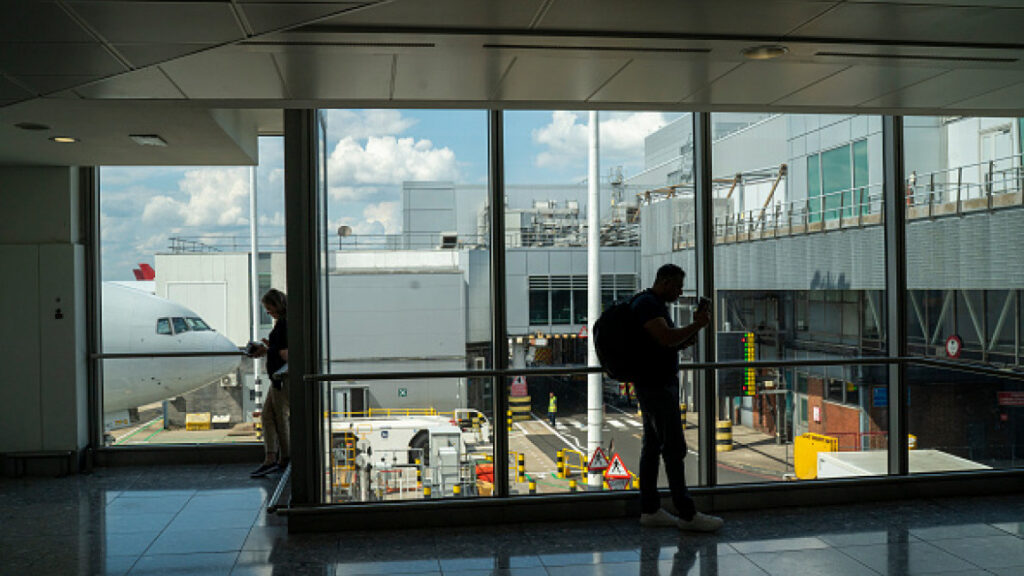
Saudi Arabia’s PIF to buy 10% stake in Heathrow airport holding company [Getty]
__________________
SAUDI ARABIA
